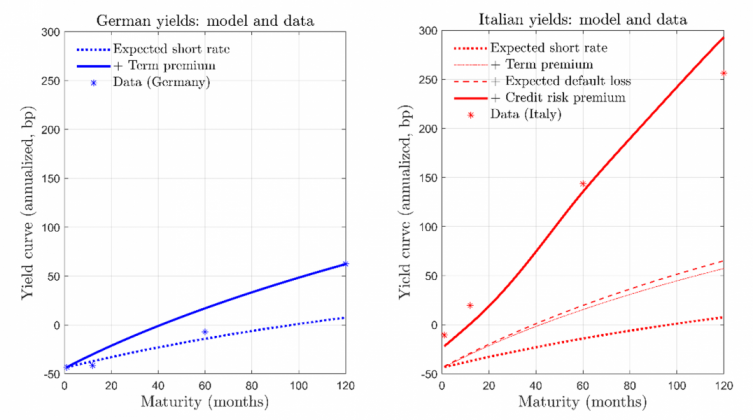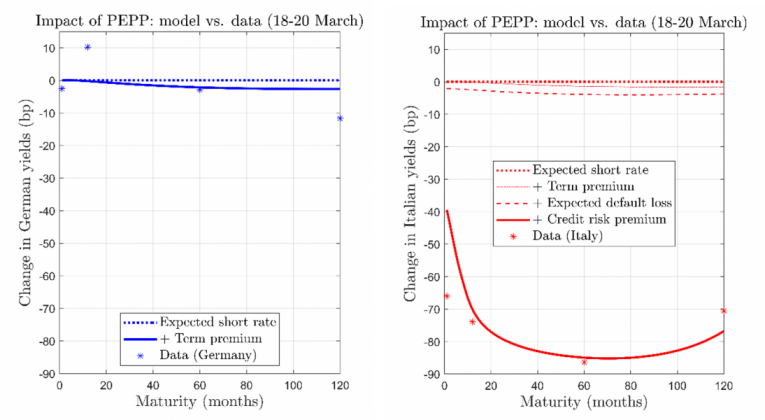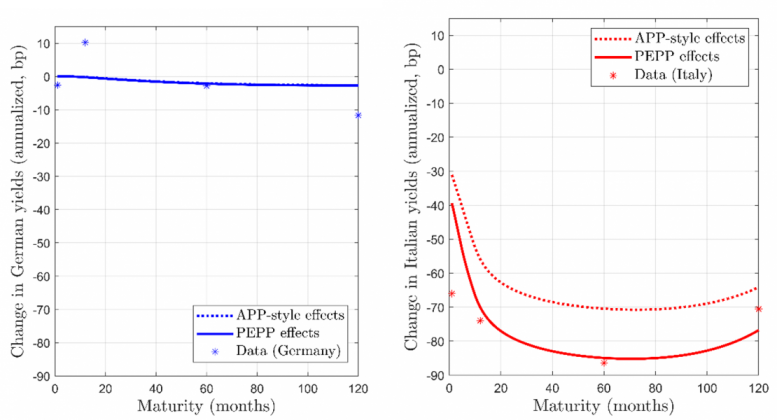Carlos Thomas is Associate Director General of Economics and Research at the Banco de España (BdE), and a member of the Eurosystem Monetary Policy Committee (MPC). Previously, he was Director of the Macrofinancial Analysis and Monetary Policy Department, Head of the Monetary Policy Unit, and an economist at the Modelling Unit, all at the BdE. He obtained a PhD in Economics from the London School of Economics, and a Master’s in Economics and Finance from CEMFI. He has published his research in top international journals such as the Journal of the European Economic Association, American Economic Journal: Macroeconomics, and the Journal of Monetary Economics.








